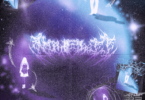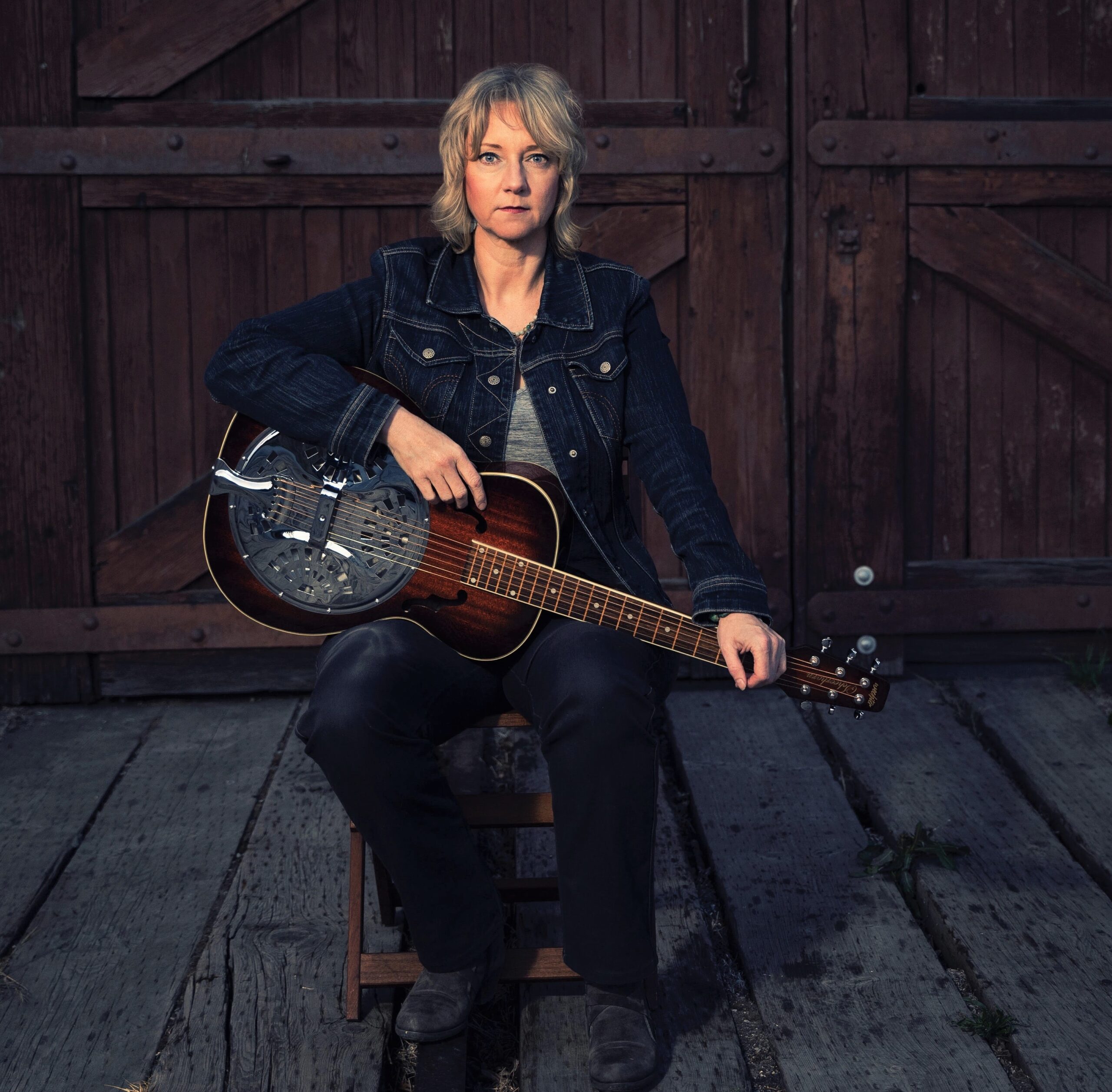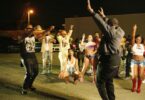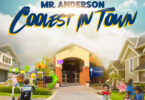- Jeff the Brotherhood {Interview} - December 3, 2012
- My Week On Top: Adele “Skyfall” - October 24, 2012
- A Tale of Two Swifts: How Taylor Swift Mirrors Pop’s Split Personality - October 17, 2012
There’s a dichotomy within the kingdom of pop— two camps polarized by separate motivations and beliefs for what music should mean in the twenty-first century. On the one side, we have music driven by technology and advancement, some of which couldn’t have existed as little as twenty years ago. This is the camp of Kanye West, Rihanna, Skrillex, Ke$ha, David Guetta, Deadmau5, and the five hundred and eighty seven billion other DJ’s laying down their remixes of whatever Britney Spears’s last song was. These are artists that rely and thrive on the advent of new technology and new media. This is the side that pushes further towards a strictly digital landscape, the side that invents and reinvents their own genres and have no qualms about dissolving their breathes into the ones and zero’s of a computer program.
And on the other side, there’s banjo’s.
Folk music is once again having it’s day. Major acts like Mumford and Sons, The Avett Brother, Of Monsters and Men, and Edward Sharp and the Magnetic Zeros are showing the music industry that there’s still room for people who play their instruments instead of programming them. These are the guys that harken back to days when music was played “honestly,” with rough hands and loud voices. And right smack in the middle of this growing chasm is “America’s Sweetheart” herself— Taylor Swift.
Taylor’s new album, Red, will be dropping October 22 and if the sales of her recent singles— We Are Never Ever Getting Back Together, Begin Again, and I Knew You Were Trouble— are any indicator of how the album will sell as a whole, then this will go down as another monster-fucking-hit for our girl. On the new album, you can expect the same ernest, slumber-party-confessional feel as her others and— surprise!— the over arching theme will be about “relationships.” But the way in which her lip-gloss hooks and predictably darling lyrics will be delivered may raise some eyebrows yet.
Taylor’s gone Pop. Not just Country, Singer-Songwriter, or even Alternative-Pop— she’s just Pop. It’s a whole new Taylor, complete with hip-hop beats, melody lines sappy with auto tune, Midi hooks, and more talk-to-the hand sass then ever before. And the whole thing’s topped off with a final product recording so polished it almost hurts your ears to listen (seriously[1]). And is that a fucking dubstep hook on I Knew You Were Trouble? I mean, I know everyone’s doing it… but really? Taylor? All she needs to do now is throw in a guest spot with the latest rapper of the moment and she’ll have hit every modern cliche in the book [2]. So, with all of this sonic re-engineering combined with her new candy-bright aesthetic she debuted at the 2012 VMAs (see above picture), it may be safe to say Taylor’s making moves to abandon her country roots. But you know what they say— country girls die hard.
Despite her best efforts, Taylor’s still got a little Shania in her. It may be buried beneath the crushing weight of a thousand pro-tool filters, but you can still hear the fiddles and acoustic guitars of yore right along side the drum-programing and vocal manipulations of the future. One of her recent singles and the title track for the album, Red, is a perfect example of these two worlds blending— it may be just a notch above uncomfortable, but they are blending. It’s practically a 21st century hoedown.
So, will Taylor be able to straddle the bridge between these two kingdoms? Will she be the Romeo/Juliet to Montague/Capulet feud for Pop’s future? Probably not, but it’s a solid try. Her albums will still sell a billion copies and she’ll be packing arena’s all over the world, but I’m going to call this one a loss. I understand that pop music is, on a certain level, meant to be manipulative. But this feels manipulative. I can turn a blind eye to the soullessness of radio-pop and simply appreciate a good hook, but Taylor always wants more.
Dylan once sang, “I gave her my heart, but she wanted my soul,” and this has turned out to be a pretty fair summary of my relationship with Taylor Swift (which is probably what Dylan intended for his lyrics all along). I can try my best to appreciate her based on the fact that she’s got a pretty smile and can write a hook that will most likely rattle around in my head until the day I die, but she always wants more.
She doesn’t just want to reinvent herself as a pop icon— she wants to be both a down-home country-star of the new-folk movement and a technicolor diva complete with on-stage fireworks. She’s the kinda girl who’ll play a banjo (or at least a guitar that looks like a banjo: see above picture) and throw in a few quasi-meaningful lyrics about cancer along side a bunch of bubble gum songs about how boys are dumb. You can’t have it all, Taylor. She may have center stage now, but audiences, no matter how air-headed and naive some of them may be, don’t like being blatantly manipulated.
But all of this is not for nothing. Just because Taylor wasn’t able to bridge the gap between folk revivalists and top charting DJ’s doesn’t mean it shouldn’t happen. There’s an untapped world between the two, and someone is bound to come along and mine it. Because in the spaces between our revered musical past and the thrill of an our unseen future lies the most important state of existence, musically or otherwise. It’s called the present.
Nice try, Taylor, you almost had it all.
[1] There’s a theory in the book, Perfecting Sound Forever, that compares music to a pencil being dragged across a page. In digital recordings, when you constantly tweak and change the components of a track, the pencil lifts and is set back down on the page. The theory is that this break in fluidity causes the listener psychological distress, resulting in anxiety.
[2] She’s already hinted at “surprise” collaborations for the upcoming record.








